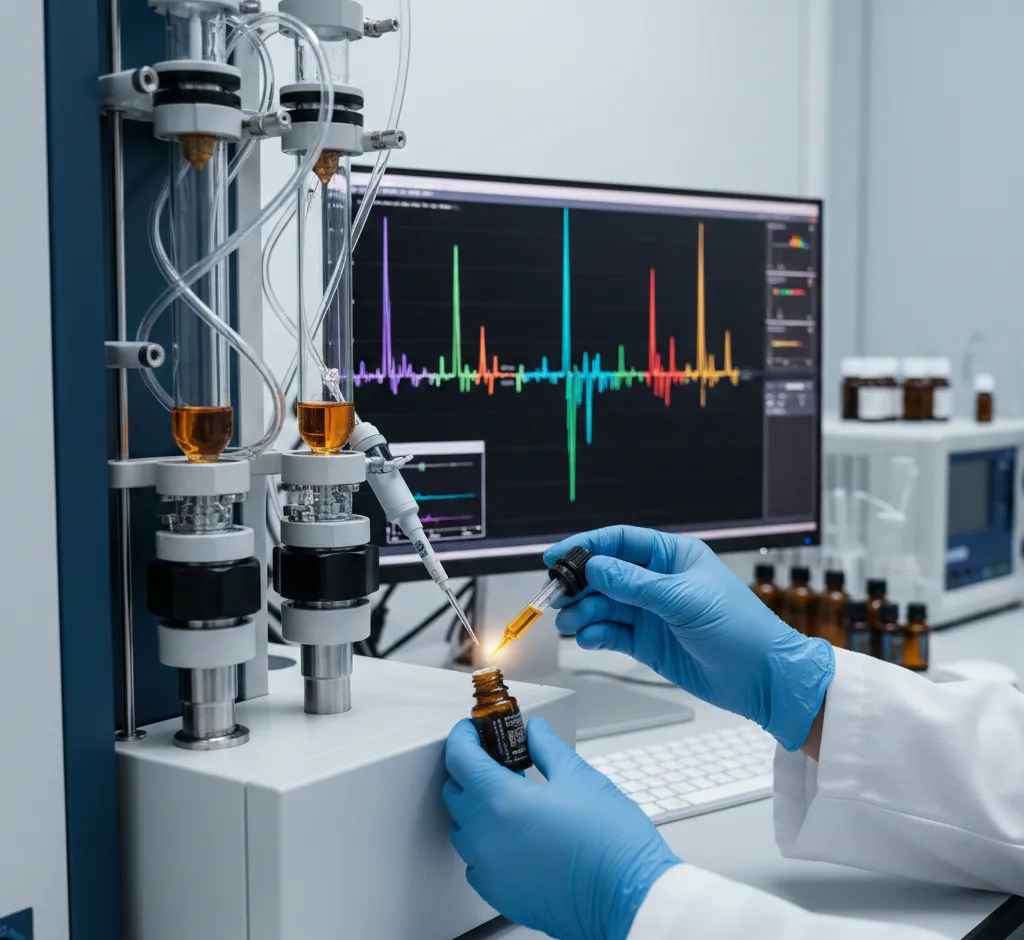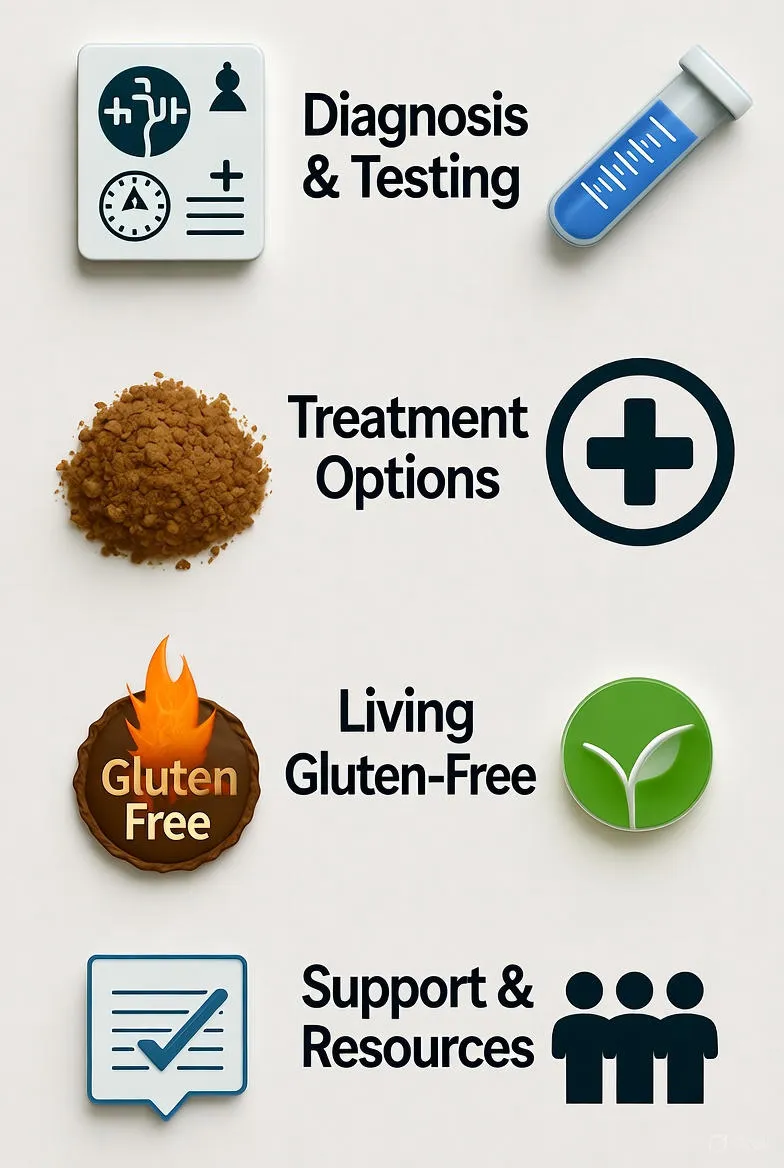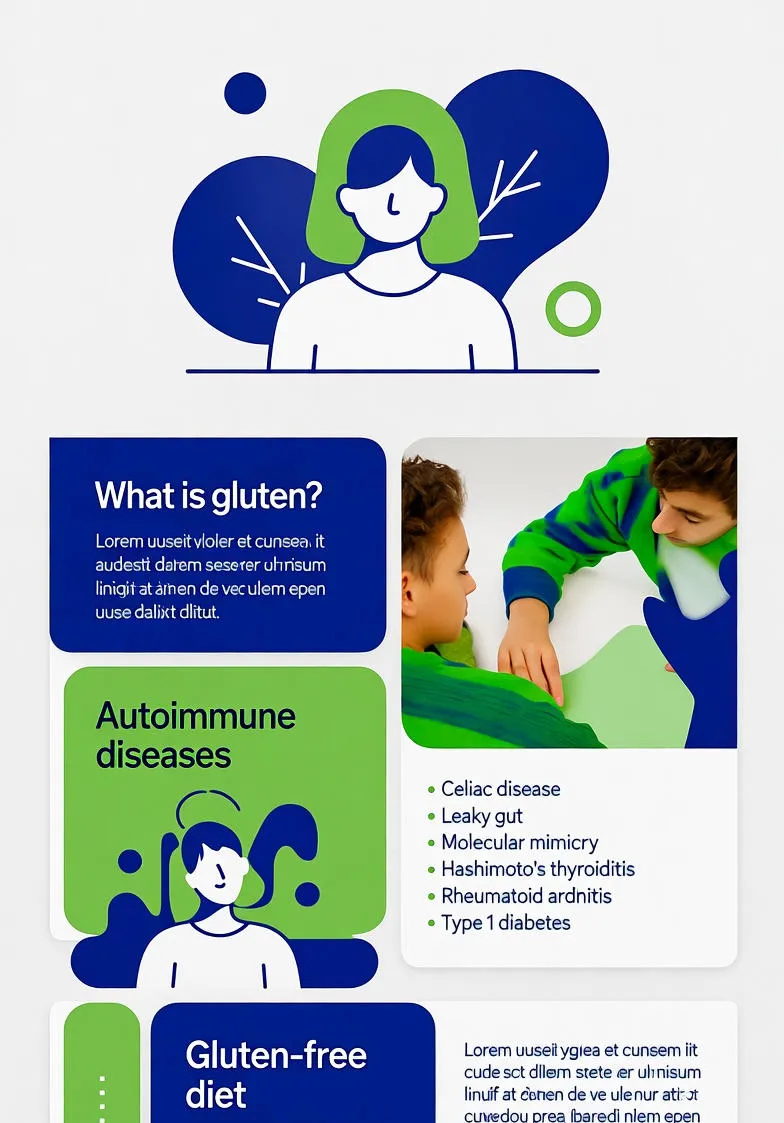The Chemistry of Trust: Essential Oil Purity Testing Explained
Discover the scientific methods used to ensure essential oil purity. Learn about GC-MS, chiral analysis, and other lab tests critical for verifying quality and detecting adulteration.

The Indispensable Role of Laboratory Testing in Essential Oil Purity
Essential oils have exploded in popularity, transitioning from niche aromatherapy products to mainstream wellness and household staples. Their appeal lies in their concentrated aromas and the promise of natural therapeutic benefits. However, this massive growth has inadvertently created a market ripe for adulteration. With premium oils commanding high prices, the temptation to dilute, syntheticize, or substitute essential oils is a significant challenge for consumers and ethical suppliers alike. This is where the **indispensable role of laboratory testing** comes into focus.
For an essential oil to deliver its promised benefits, it must be **pure**—meaning it contains only the volatile aromatic compounds distilled or expressed from the stated botanical source, with no added synthetic chemicals, carrier oils, or other foreign materials. Establishing this purity requires rigorous, sophisticated analytical techniques that go far beyond simple sensory evaluation. Trust in an essential oil's quality is not built on marketing claims alone, but on **verifiable scientific data**.
Understanding the Threat: Why Adulteration Occurs
The adulteration of essential oils is a complex, profit-driven issue. It can take several forms:
- Dilution: Adding inexpensive fixed oils (like coconut or jojoba) or odorless solvents to increase volume.
- Synthetic Enhancement: Adding inexpensive synthetic compounds to boost a particular aroma or to mimic the profile of a naturally high-cost oil (e.g., adding synthetic linalool to lavender).
- Substitution: Replacing a rare or expensive oil with a cheaper, related species (e.g., passing off hybrid lavender as true lavender).
- Contamination: The accidental inclusion of pesticides, heavy metals, or mold during the cultivation or distillation process.
Because the chemical makeup of an essential oil is incredibly complex—often containing hundreds of different molecular components—sophisticated analytical methods are required to detect these subtle, yet critical, signs of tampering.
The gold standard for essential oil testing is the combination of **Gas Chromatography (GC)** and **Mass Spectrometry (MS)**. This two-part process provides both a separation of the oil's components and an identification of each separated molecule.
Step 1: Gas Chromatography (GC)
The GC process is essentially a separation technique:
- A tiny sample of the essential oil is injected into the instrument.
- The sample is vaporized and carried by an inert gas (the mobile phase) through a long, thin coiled tube called the **column**.
- The column is housed in an oven, and its temperature is gradually increased.
- Different chemical components in the oil interact with the column's internal coating (the stationary phase) at varying speeds. Lighter, more volatile compounds travel faster, while heavier, less volatile compounds take longer.
- As each compound exits the column, it is recorded, generating a graph called a **chromatogram**.
The chromatogram is a chemical fingerprint of the essential oil. A skilled chemist analyzes the number of peaks, the area under each peak (representing the quantity of that compound), and the relative retention time (how long the compound took to travel through the column). Abnormal peaks or deviations from the established profile of a pure oil are immediate red flags for adulteration.
Step 2: Mass Spectrometry (MS)
Immediately after exiting the GC column, the separated compounds enter the Mass Spectrometer. This is the **identification** phase:
- Each compound is bombarded with electrons, causing it to break into smaller, unique, charged fragments (ions).
- The mass spectrometer measures the mass-to-charge ratio ($m/z$) of these fragments.
- This creates a **mass spectrum**, which is unique to every molecule, much like a chemical barcode.
- This spectrum is then compared against vast libraries of known organic compounds, definitively identifying the chemical name of the peak that was separated by the GC.
The power of GC-MS is its ability to not only confirm that the major expected components are present (e.g., terpinen-4-ol in tea tree oil) but also to detect compounds that should *not* be there, such as synthetic extenders or petrochemical residues.
Beyond GC-MS: Essential Complementary Testing
While GC-MS is the workhorse of essential oil analysis, a comprehensive purity report requires several other tests to detect specific forms of adulteration and to confirm quality parameters. These tests are vital, as even pure oils can contain undesirable contaminants.
Fourier-Transform Infrared Spectroscopy (FTIR)
FTIR analysis measures how an essential oil absorbs infrared light. Different functional groups within molecules vibrate and absorb light at specific wavelengths. The resulting spectrum is highly sensitive to the presence of non-volatile materials like **fixed carrier oils**, which are often invisible or difficult to detect with GC-MS. FTIR provides a rapid, confirmatory test for dilution with fatty oils.
Chiral Analysis
Many naturally occurring aromatic compounds, like limonene or linalool, exist as two non-superimposable mirror-image forms, known as **enantiomers**. Think of them as a left hand and a right hand; they are chemically identical but spatially different. Nature often produces these molecules in specific ratios—sometimes exclusively one form (e.g., natural peppermint oil produces primarily L-menthol). In contrast, synthetically produced versions of these molecules are typically a 50/50 mixture of both enantiomers (a racemic mixture).
Chiral GC or other specialized techniques are used to determine the ratio of these 'left-handed' and 'right-handed' molecules. If an essential oil that should contain a 99% concentration of one enantiomer suddenly shows a 50/50 mix, it is a clear, undeniable sign of **synthetic adulteration**.
Heavy Metal and Pesticide Residue Testing
Even if an oil is chemically pure, it may harbor contaminants from the farming environment. Testing for heavy metals (such as lead, arsenic, and mercury) and pesticide residues (herbicides, fungicides, and insecticides) is crucial for therapeutic-grade oils. Techniques like **Inductively Coupled Plasma Mass Spectrometry (ICP-MS)** are used to detect these contaminants down to parts per billion (ppb) levels, ensuring the oil is safe for use.
The Role of the Consumer and the Certificate of Analysis (CoA)
For the average consumer, understanding these complex tests is important, but the ultimate trust signal is the **Certificate of Analysis (CoA)**. An ethical essential oil supplier should provide a CoA for every batch of oil they sell. A high-quality CoA should include:
- The Latin botanical name and country of origin.
- The specific test method used (e.g., GC-MS).
- A detailed list of the major and minor chemical components and their percentages.
- A clear statement of whether the oil passed or failed the established quality parameters.
- Ideally, the CoA should be from a **third-party, independent laboratory** to eliminate conflicts of interest.
In conclusion, the essential oil market is a landscape where the purity of the product directly impacts its efficacy and safety. The array of sophisticated laboratory tests—from the fundamental component separation of **GC-MS** to the targeted detection of synthetic material through **chiral analysis** and the safety check of **ICP-MS**—form the essential scientific barrier against fraud. Consumers must demand transparency, and suppliers must commit to rigorous, batch-specific testing to uphold the chemistry of trust in the world of essential oils.


